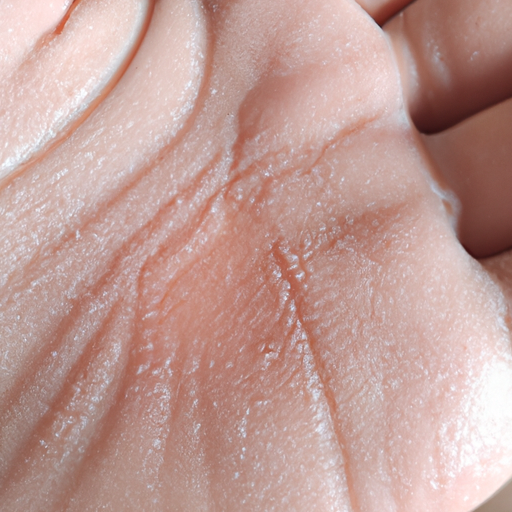Glycolic acid peels have been a buzzword in the skincare industry for quite some time now. They are hailed as a magic potion for radiant skin, but what exactly is this magical ingredient and how does it work? Let’s delve into the world of glycolic acid peels and unveil the magic behind their effectiveness.
Glycolic acid is a type of alpha-hydroxy acid (AHA) derived from sugar cane. It is a small molecule, which allows it to penetrate the skin deeply and easily, making it highly effective for treating fine lines, acne, blackheads, dullness, oiliness and uneven texture. Glycolic acid peels are chemical peels that use this potent ingredient to exfoliate the top layer of the skin, revealing a brighter, smoother complexion underneath.
The magic of glycolic acid lies in its ability to accelerate the skin’s natural exfoliation process. Our skin naturally sheds dead skin cells to make way for new ones, but this process slows down as we age. By applying a glycolic acid peel, you’re essentially giving your skin a helping hand in this process. The acid works by breaking down the substance that holds dead skin cells together, allowing them to slough off more easily.
This accelerated exfoliation process does more than just reveal fresh, new skin. It also stimulates the production of collagen and elastin, two proteins that are vital for maintaining the skin’s elasticity and firmness. This means that regular use of glycolic acid peels can help to reduce the appearance of fine lines and wrinkles, and improve the overall texture and tone of your skin.
Another benefit of glycolic acid peels is their ability to unclog pores and reduce oiliness. By removing dead skin cells from the surface of the skin, they prevent these cells from building up in the pores and causing blockages, which can lead to breakouts. At the same time, the acid can help to balance oil production, reducing shine and preventing future breakouts.
Despite its potency, glycolic acid is generally safe for all skin types, although those with sensitive skin may need to start with a lower concentration and gradually build up. It’s also important to note that glycolic acid can make your skin more sensitive to the sun, so it’s essential to use a high-SPF sunscreen following a peel.
Professional glycolic acid peels can be done at a dermatologist’s office or a skincare clinic, but there are also many at-home peel products available. These typically have a lower concentration of glycolic acid, making them safer for home use. However, it’s always important to do a patch test before using any new product, and to follow the instructions carefully.
In conclusion, glycolic acid peels are a powerful tool in the quest for radiant skin. They offer a multitude of benefits, from smoothing and brightening the complexion to reducing the appearance of fine lines and preventing breakouts. However, like any skincare product, they should be used responsibly and with care. Always consult with a skincare professional if you’re unsure about introducing a new product or treatment into your routine.
So, if you’re looking to unveil radiant, youthful skin, consider giving glycolic acid peels a try. With their ability to accelerate the skin’s natural exfoliation process and stimulate collagen production, they truly are a gateway to glowing skin.




